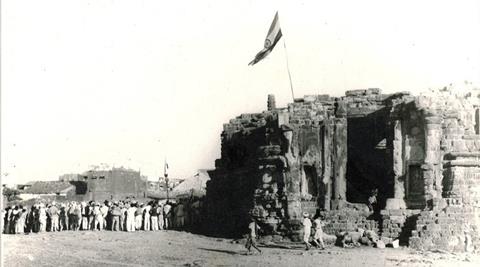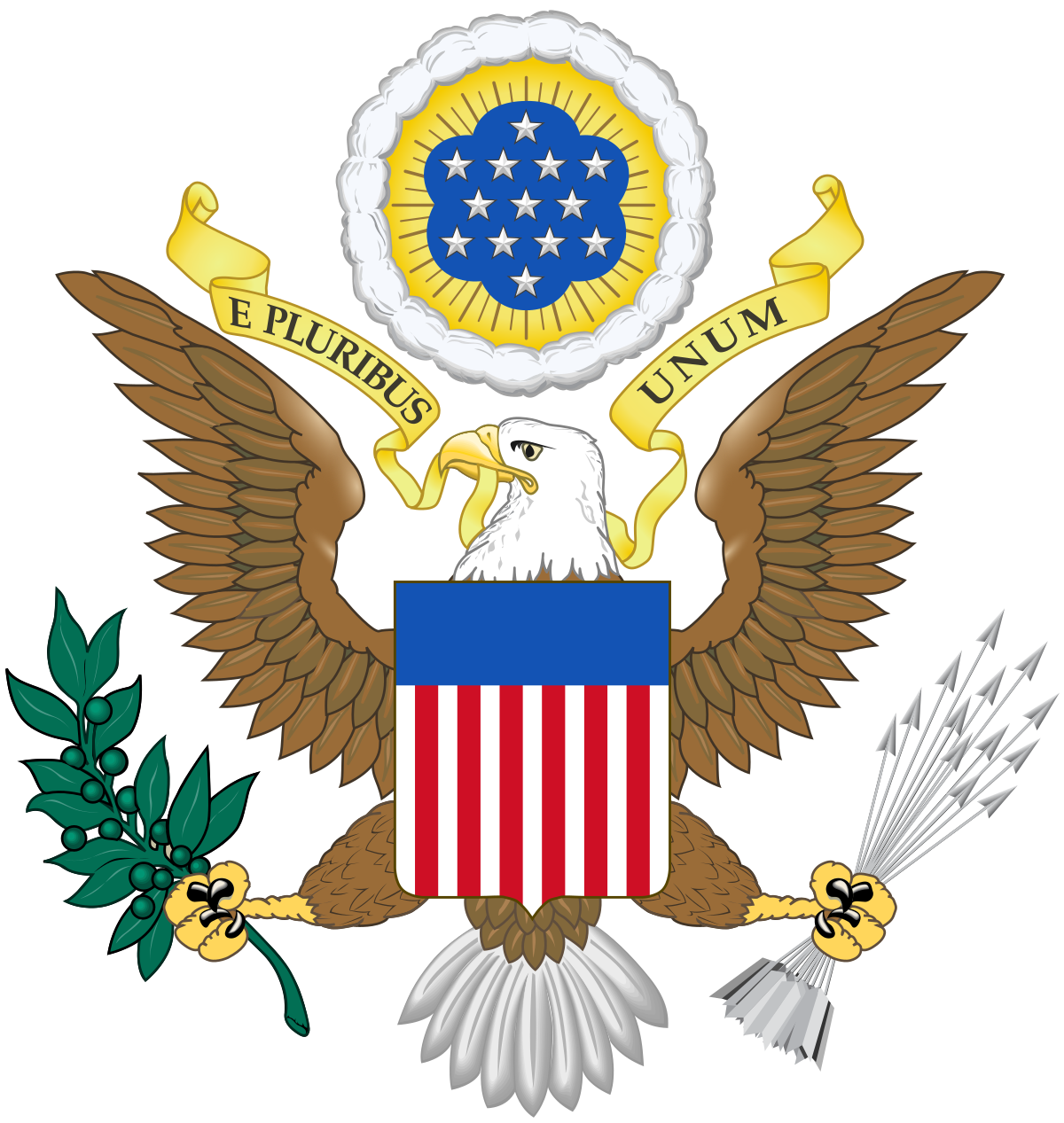Do you have any hard facts and figures to substantiate this, like some Government report etc.? Will be
interested in that.
"If there was no Sardar Patel, the temple in Somnath would never have been possible. Today some people are remembering Somanth, I have to ask them - have you forgotten your history? Your family member, our first prime minister, was not happy with the idea of a temple being built there."
So said Prime Minister Narendra Modi yesterday (November 29) at an election rally in Prachi, Gujarat, while referring to Congress vice-president Rahul Gandhi.
The odd thing is that the neo-nationalists don't realise they are following the historical trope established for them by another invader, the British -the "evil Islamic invader" versus the brave Hindu native.
Richard Davies, professor of religion at Bard College, New York, has written extensively on Somnath and argues "that the stories of destruction of Somnath are often parts of what Aziz Ahmad called 'epics of conquest' that do not necessarily have any relation to real events. Reading them as history is a serious error that colonial and Hindu nationalist authors have often indulged in. We cannot answer the question of how often Somnath was destroyed, or how many Hindu temples were destroyed, because the narratives of destruction are hyperbolic and somewhat fictive. I can see the linkage between Padmavati and Somnath, but there should not be a direct historical link. There was a British historiography that stressed this narrative, and it has been maintained by Hindu nationalists.''
On Somnath, Davies gives a lot of credit or discredit to Munshi and says his novel
Jaya Somnath (1937) was a key thing in promoting Somnath as a sign of Hindu/national restoration. The rebuilding plan of the immediate post-independence period was supported by Patel, and opposed by Nehru who was concerned that government interference in construction of a big Hindu temple would contradict the image of India as a modern secular nation-state that he wished to project (Nehru's letters to Patel, the Jam Saheb, and others opposing this project, Nehru, Selected Works, volume 16, pp 603-612).
In a note to me, Davies says: "There was also a matter of collecting consecration waters by Indian diplomats from around the world that embarrassed Nehru. The issue of integration of Junagadh princely state into India (the nawab, a Muslim, threatened to go with Pakistan) was certainly part of the political stakes for Patel, in his support of rebuilding a Hindu temple at Somnath. He wanted to signal the Hinduness of the princely state. The BJP and VHP consciously linked Somnath and Ayodhya in the Rath Yatra of 1990. They began the yatra in Somnath, and part of their rhetoric was to use the successful rebuilding of Somnath to support the parallel (they hoped) restoration of Ram Janmabhoomi.''
On November 13, 1947, Deputy PM Sardar Vallabhbhai Patel vowed to rebuild Somnath (the temple in ruins above). Architect Prabhashankar Sompura was picked, and limestone quarried from Chorwad (28 km from Somnath) was used for constructing the temple in the ‘Nagar’ architectural style. This style connects structures without the use of metal.
The temple was inaugurated on May 11, 1950, by President
Rajendra Prasad. In 1970, a statue of Patel was inaugurated by Satya Sai Baba in the temple precinct.
Currently, the Shree Somnath Trust is building a Ram temple 2 km from Somnath. The temple has a land bank of 1,000 acres, of which 400 acres are in Diu.
The renovated Somnath temple was inaugurated on May 11, 1950, by President Rajendra Prasad.

indianexpress.com
Sure. Let us have some FACTS before we discuss and debate.



)






